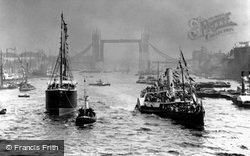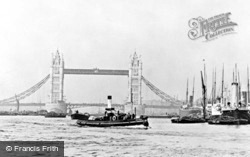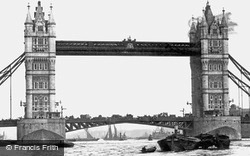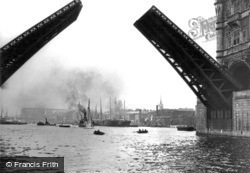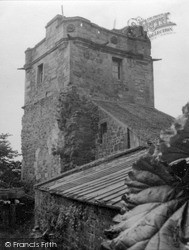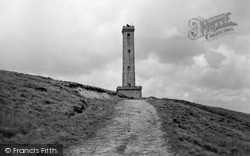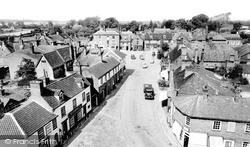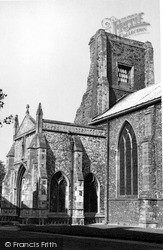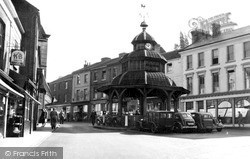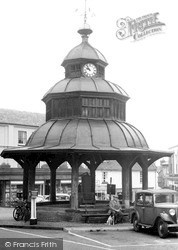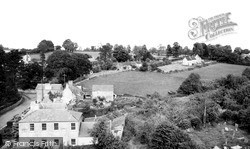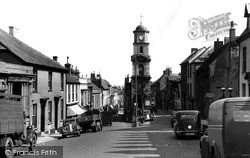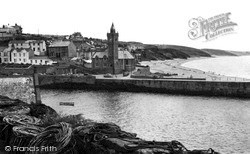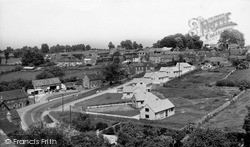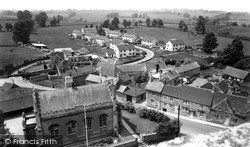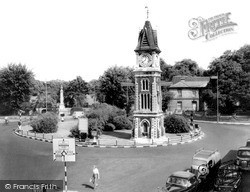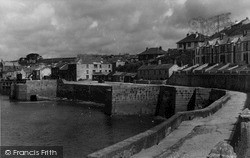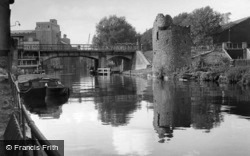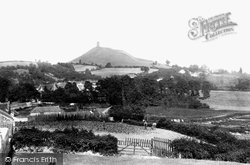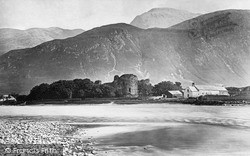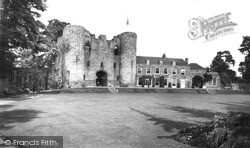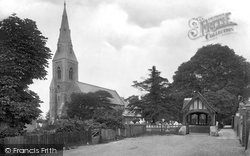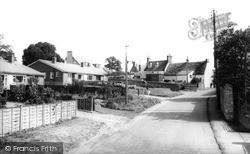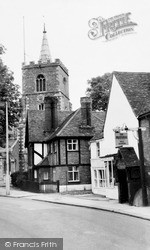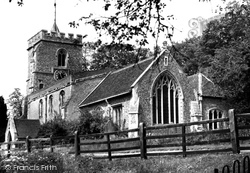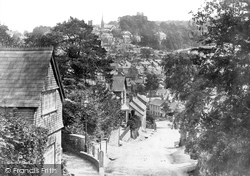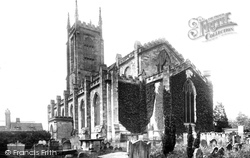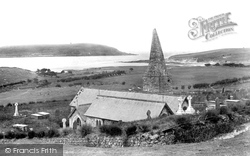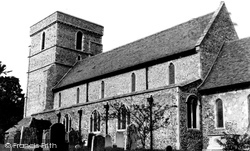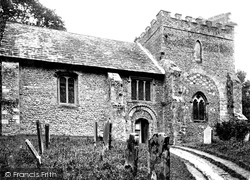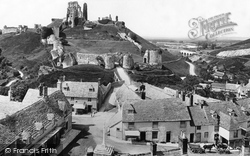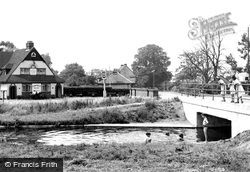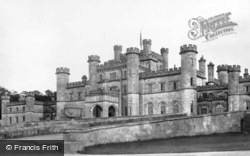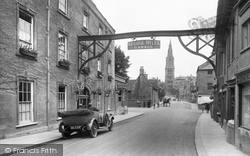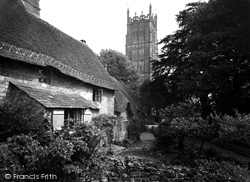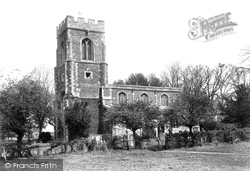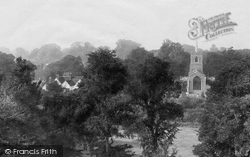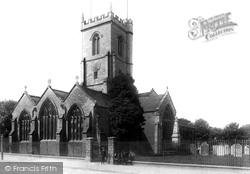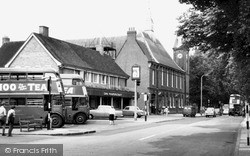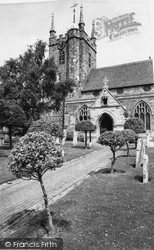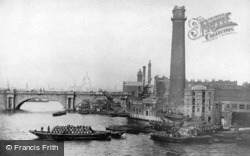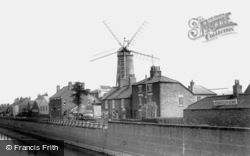Places
36 places found.
Those places high-lighted have photos. All locations may have maps, books and memories.
- Poplar, Middlesex
- Bow, Middlesex
- Bethnal Green, Middlesex
- Stepney, Middlesex
- Alton Towers, Staffordshire
- Isle of Dogs, Middlesex
- Limehouse, Middlesex
- Spitalfields, Middlesex
- Barjarg Tower, Dumfries and Galloway
- Bromley, Middlesex
- Stratford Marsh, Middlesex
- Tower Hill, Merseyside
- Tower Hill, Essex
- St George in the East, Middlesex
- Wapping, Middlesex
- Globe Town, Middlesex
- Old Ford, Middlesex
- Cubitt Town, Middlesex
- Tower Hill, Cheshire
- Tower Hill, Surrey
- Bow Common, Middlesex
- Mile End, Middlesex
- Millwall, Middlesex
- Ratcliff, Middlesex
- Warmley Tower, Avon
- Tower Hill, Hertfordshire
- Tower End, Norfolk
- Tower Hamlets, Kent
- Tower Hill, Devon
- Tower Hill, West Midlands
- Blackwall, Middlesex
- North Woolwich, Middlesex
- Hackney Wick, Middlesex
- Shadwell, Middlesex
- South Bromley, Middlesex
- Tower Hill, Sussex (near Horsham)
Photos
2,720 photos found. Showing results 2,101 to 2,120.
Maps
223 maps found.
Books
1 books found. Showing results 2,521 to 1.
Memories
637 memories found. Showing results 637 to 637.
Captions
3,036 captions found. Showing results 2,521 to 2,544.
A stiff climb, it is crowned by the 14th-century tower of St Michael's Church. The rest of the church has gone, but the views from the summit of the Tor are superb and long.
The 13th-century fortress at Inverlochy is a quadrangular enceinte with a round tower at each of the angles; the largest of these is known as Comyn's Tower, and forms the donjon.
Here we see the keep-gatehouse, which is thought to have been built around 1300; the view shows the two small towers at the rear of the structure.
The broach spire of the church with its lancet windows and its tower were added to the original structure in 1870.
The church has a tall central tower, partly 13th-century, with the upper stages 15th-century.
Only the tower survives of the original church. The building was rebuilt and restored on a number of occasions, first in 1630 and later in 1870 to a plan by Blomfield.
A fine carving on the tower appears to depict Josef Stalin, but it is actually the likeness of David Warner, one-time sexton.
To the left is the tower of St Mary Magdalene.
Swithun, a Bishop of Winchester from 852 to 862, this imposing structure, dating from the 1790s, stands on the site of an earlier church that had been reduced to ruins by the collapse of its tower
A solid little stone tower on a slant, nothing elaborate, dates from the 13th century and is on the north side of the church, not at the usual west end. The church has Norman origins.
St Mary's Church is a very good and sturdy example of norman ecclesiastical architecture. it is said that from the top of the church tower no less than 17 other churches can be seen.
You can see Norman evidence here with the blocked arch into the long-demolished south transept from the tower, and also the doorway arch.
The view was taken from the tower in the time of Rev Eldon Surtees Bankes, the rector since 1854.
This segment included Stanwell, whose village centre has quite a few good buildings and a church with a strikingly good tower.
Though largely dismantled, the shell of the façade and tower were fortunately preserved. In 1895 Kaiser Wilhelm II stayed here as the guest of Lord Lowther.
Beyond is part of Lord Burghley's Hospital, then the river, and up the hill in Stamford proper the elegant 160 foot tower and spire of St Mary's church, a superb 13th-century Early English Gothic structure
Presiding over the town is the 120ft high pinnacle-topped tower of St James', which dates from the 15th century.
The west tower was built in the 15th century as an addition to the 13th-century church. In the 16th-century nave roof there are six carved figures.
The view is from the east, and shows the fine tracery of the church window and the traditional Hertfordshire spike on the tower.
The projecting north transept (right) dates from the 13th century and is two centuries older than the tower.
This view is of Lower Green, and on the right, out of view, is Cricket Green. In the middle of the green is the Vestry Hall, built in 1887, which has a cupola and clock tower.
The fine 15th-century tower with its Victorian pinnacles is built in local Wealden sandstone; its walls are the least renewed or refaced part of the church, whose three Victorian restorations
On the right is the shot tower, which stood in today's open space between the Royal Festival Hall, which stands on the site of C & J Denny's Darsfield Wharf on the right, and the Hayward Gallery alongside
This tall Lincolnshire-style brick tower mill, seven storeys high, was built in 1819; it was powered by five patent sails and winded by a fantail.
Places (38)
Photos (2720)
Memories (637)
Books (1)
Maps (223)


